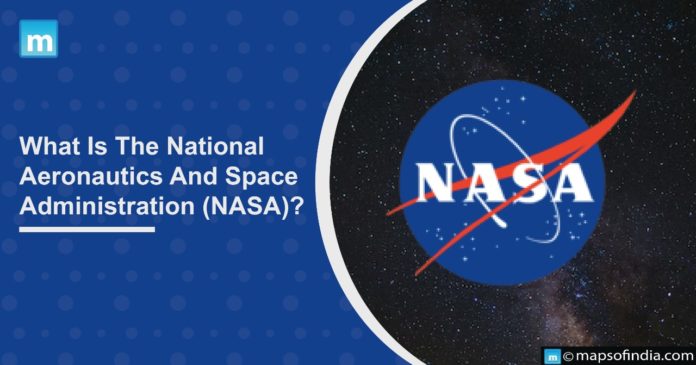Space is an exciting concept which includes Galaxies, planets, orbits, etc., and looking at it often makes one think about their existence and how they came into being. Several space agencies are working across the world to get answers to these questions and to learn more about space and the universe and its secrets.
The biggest is the National Aeronautics and Space Administration, popularly known as NASA. It is a United States Government agency with its headquarters in Washington D.C. It was formed in 1958 to ‘reach for new heights and reveal the unknown for the benefit of humankind’. It oversees U.S. space exploration and aeronautics research. It succeeded the National Advisory Committee for Aeronautics which was earlier responsible for undertaking, promoting, and institutionalizing aeronautical research in the U.S. Since its formation, it has undertaken several successful missions and achieved various milestones in the field of aeronautics, aerospace, and earth and space science. Bill Nelson heads NASA and serves as the administrator of this organization. He held this position on May 3, 2021, and is the 14th administrator of NASA.
What does NASA do?
The American space agency NASA works in various fields related to space and looks after the scientific and technological achievements in human spaceflight, aeronautics, space science, and space applications that impact the world.
In more than 60 years of its operations, it has made various revelations about space and its elements. This has made it the most prominent space agency in the world. Apart from its research and administration work, this agency assists the public, media, researchers, and employees in finding resources from NASA History Office’s Historical Reference Collection.
Currently, it has more than 18000 civil servants working at 20 centres and facilities of NASA across the United States. It includes government contractors, astronauts, scientists, and engineers.
Successful Missions of NASA
Although NASA has undertaken many successful missions, Apollo Mission, Pioneer, Voyager, Hubble Space Telescope, Viking, Chandra, Cassini – Huygens, Spitzer, Spirit & Opportunity, and Wilkinson Microwave Anisotropy Probe (WMAP) are some of its popular missions.
Achievements of NASA
- discovery of the Van Allen radiation belt
- launch of the Hubble Space Telescope
- Sending a rover to Mars
- launch of Chandra Space Telescope
- Setting up International Space Station in space
- sending men to the moon’s surface through Apollo 11 mission
NISAR: The joint mission of NASA and ISRO
In India, NASA has partnered with the Indian Space Research Organisation to undertake a joint mission called ‘NISAR’. In September 2014, both space agencies signed an agreement making this mission official. Originally called the NASA – ISRO – SAR, where SAR refers to Synthetic Aperture Radar, NISAR is a mission to help detect movements on the earth’s surface.
Under this mission, a satellite will be developed for which one type of radar, a high-rate communication subsystem for science data, GPS receivers, and a payload data subsystem will be provided by NASA. A spacecraft bus, S-band radar, launch vehicle, and launch services associated with this mission are provided by ISRO. In 2023, the satellite will be launched from Sriharikota’s Satish Dhawan Space Center.





